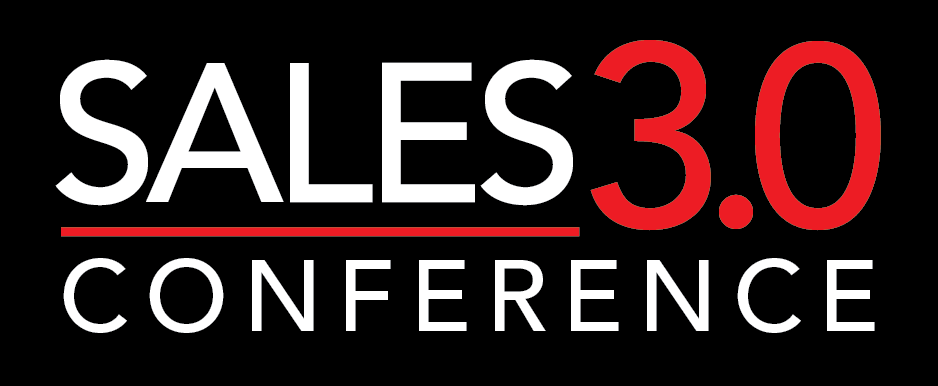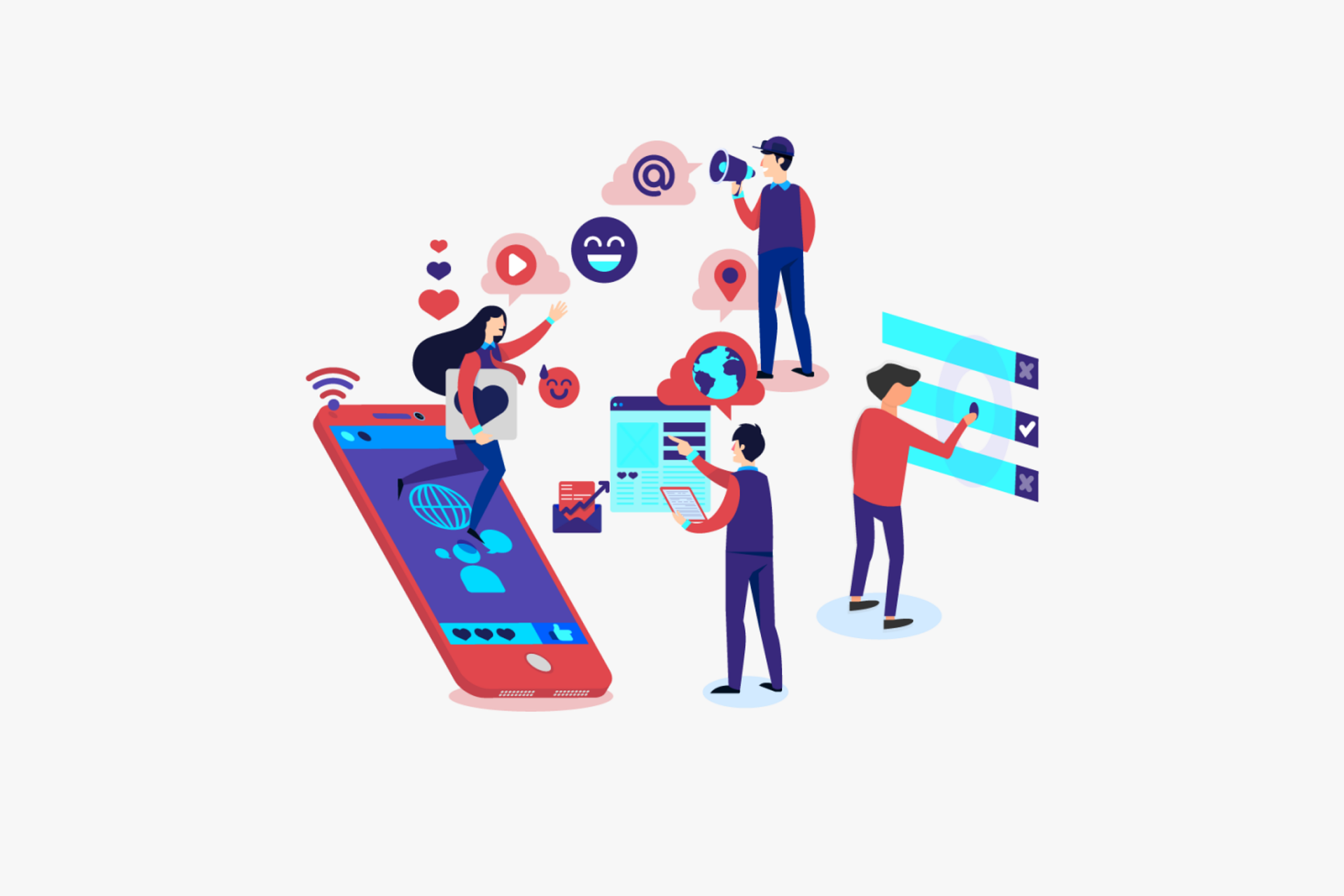Unwelcome digital distractions. They’re all around us. Ranging from the frustrating and annoying to the threatening and dangerous, these negative experiences cost you and your team time, money, and productivity. And that’s true whether you create those distractions or not.
In LinkedIn, text messages, Slack, emails, Zoom calls, and every other digital, virtual, and online space, we all encounter—and often create—digital pollution. On the innocent end of the spectrum is that group text message or LinkedIn message that would have been better handled one-to-one. No ill intent, but frustrating nonetheless. On the intentional end is a phishing email with a spoofed address and questionable link or attachment that causes you to think twice before opening or clicking. In between are all kinds of counterproductive messages and experiences.
Not intentional but not quite innocent, this consequential digital pollution often arrives as an irrelevant, unsolicited, poorly targeted, or overly aggressive message. Its sender may intend no harm, but they’re treating their prospects w more like numbers than like people. It happens at the intersection of what the business wants and what technology allows. What’s missing are the needs and interests of the people the message or experience was designed for. And that’s a big miss.
This is a problem we don’t often talk about—primarily because it’s hard to measure. But our relationships, reputation, and revenue are at stake.
When We Create Digital Pollution
If open rates are low and falling or unsubscribes and abuse complaints are high. If there are too many appointment no-shows. If turnover on the sales team is a persistent issue. These are signs that we’re likely creating digital pollution, which negatively impacts customer experience and employee experience.
As senders, we don’t get to decide what’s pollution and what isn’t. That decision is made by the receiver subjectively and contextually. The cost of polluting tends not to show up obviously or directly—and we often ignore them when they do.
Though systems, processes, activities, and campaigns may seem to be “working,” it may be misleading. On the other side of every success metric is a failure metric. The 3% conversion rate is also a 97% failure rate. And within that 97% is some share of people you’ve targeted who have unsubscribed, blocked, or shared negative things about your rep and your brand. We’ve all seen that shaming post on LinkedIn about bad outreach. If you’re lucky, they blur your rep’s face and name first.
With every message and experience we create, we train people to engage with or ignore the next opportunity. When we operate more in service of ourselves and our goals than in service of others and their needs, we shrink our target lists and total addressable market. They become harder and more expensive to reach—if we can reach them at all.
Even When We Don’t Create Digital Pollution
You and your team experience digital pollution everywhere you operate. It slows you down and costs you time and energy. If someone slips up and cybersecurity measures fail, it can cost you real money or diminished reputation (for example, a massive data breach).
And every message or experience you create is offered in a noisy and polluted environment. This means you may not get the attention you deserve. You no longer get the benefit of the doubt. Trust becomes harder to build and more fragile.
In the future we’ll do more virtual selling, not less. Online environments are getting more polluted, not less. We need to manage this problem, even if we’re not actively contributing to it.
What To Do
Becoming aware of the unwelcome digital distractions we create or encounter is the first step to minimizing their costs. Listening to customers and employees about their experiences increases awareness. Acting with just a little more thought and care for the people on the other side of the send or screen is a huge step to differentiating from competitors. These are all steps toward human-centered communication—a way to stay personal even when we’re forced to be virtual. These steps are today’s path to tomorrow’s revenue.
To get ahead of digital pollution and adopt a framework to overcome it, click here to learn more about Human-Centered Communication: A Business Case Against Digital Pollution. I co-authored the book with BombBomb CMO Stephen Pacinelli and we built it from deep research and interviews with experts from companies like Salesforce, HubSpot, Vengreso, and RE/MAX.

Ethan Beute is the Chief Evangelist at BombBomb, host of The Customer Experience Podcast, and co-author of both Human-Centered Communication and Rehumanize Your Business.




